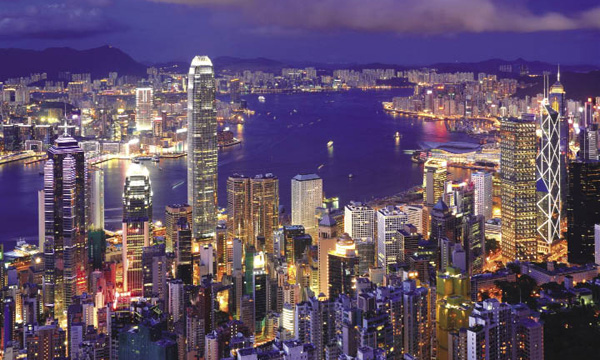China has been leading the way in the amount of exports to the Gulf countries. However, negative perceptions towards Chinese products, prompted by safety and quality concerns, might threaten its privileged position.
Over the past few years, China has been leading the way in the amount of exports to the Gulf countries. However, negative perceptions towards Chinese products, prompted by safety and quality concerns, might threaten its privileged position. By Valeria Camerino.

Quoting data released by China’s General Administration of Customs, China’s most popular English daily, China Daily, reported that, last February, the country posted its largest trade deficit in the past two decades, US$ 31 billion. While the nation’s imports skyrocketed to 40%, exports only grew at half the rate of imports, registering a 18.4% growth rate year-on-year.
Although analysts attributed the gloomy scenario to “seasonal factors”, such as the Chinese lunar New Year, which fell in January this year, it comes as no surprise that global markets greeted the news with some degree of apprehension.
On January 13, 2012, the China Household Electrical Appliances Association (CHEAA) held a media conference to review the development of the Chinese home appliance industry in 2011.
Output, exports and sales numbers of China’s HVACR sector were released during the conference.
According to CHEAA, the sales of refrigerators dropped by 18%, while the sales of air-conditioners decreased by 12% in 24 Chinese cities in 2011. The growth rate of exports in the sector also declined year-on-year.
The organisation’s growth predictions for 2012 are not looking rosy, either, as exports are expected to slow down due to decline of the US economy, the European debt crisis and stagnation in new markets.
CHEAA expects that, throughout the year, Chinese HVACR manufacturers will be focusing on product upgrading to increase their competitiveness in overseas markets.
China’s key market players include Gree, Midea, Chigo, Hisense, Haier, TCL, Galanz and Aux.
According to Zakir Ahmed, Managing Director at NIA, the exclusive regional agent for Gree products, the latest HVAC technologies available on the Chinese market are inverter compressors for the Residential Air Conditioners (RAC) segment and Variable Refrigerant Flow (VRF) systems and centrifugal chillers for Commercial Air Conditioning (CAC).
Commenting on the allegations that, over the past few years, the country has been favouring economic development at the expense of environmental awareness, Ahmed says “China has the highest Energy Efficiency Ratio (EER) standard for RAC and is pushing for VRF systems and centrifugal chillers for CAC applications.”
The country is also investing heavily in photovoltaics, he adds.
In Ahmed’s view, Chinese HVACR manufacturers are increasingly looking at India, South America and the Middle East as key markets to expand their business.
“No doubt the Gulf is one of the key markets after USA, Japan and Europe. Demand in the Gulf is steady, and the competition is limited to the top three [manufacturers] as others are unable to supply products with T3 specifications,” he says.
Ahmed believes that the main reason behind the growing demand for Chinese products is that “the Japanese vacated space in window and split ACs due to low margins”.
As a result, the Chinese took advantage of this gap in the market.
However, Paul Saunders, Managing Director Fluorines EMEAI at Honeywell, holds a different opinion.
“[It is] simply a matter of economics,” he argues. “As the use of energy-efficient and safe-to-use HFCs grow, Chinese economics can often be attractive. However, customers need to be sure they can get the service level they need and the product quality.”
As he explains, his company has been involved in tracking down the source of counterfeit refrigerants in the UAE and Saudi Arabia.
“On numerous occasions, the source of these counterfeit goods has been clearly Chinese origin,” he claims.
“What is concerning is that often the product inside the cylinder is not even what is reported on the cylinder. Consequently, there are safety and performance issues that can arise from purchasing illegal or fake refrigerants.”
Ahmed, on the other hand, believes that what needs to be questioned is not the quality of Chinese products but rather the lack of standards in the Gulf region.
“Nearly all consumer products sold in the US and Europe are made in China,” he says. “Therefore, the issue is not Chinese quality – it’s the lack of standards in the Gulf. Local traders in the Gulf indulge in unfair competition by forcing manufacturers to cut the costs to the bones.”
He explains that his company has overcome this issue by dealing with well-established brands. “These companies will never compromise on quality to protect their long-term reputation.”
In his view, Chinese HVACR manufacturers have lately shifted their strategy from volume sales to value sales. “They can accomplish this by serving big brands or by promoting their own brands. Alternatively, they will acquire the marketing rights from big brands like Lenovo did with IBM Thinkpad.”
Copyright © 2006-2025 - CPI Industry. All rights reserved.